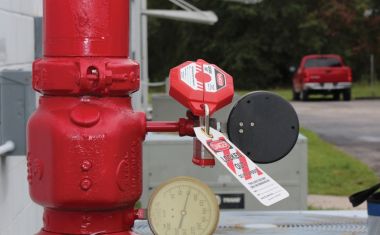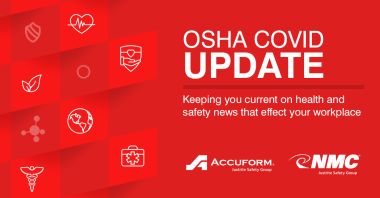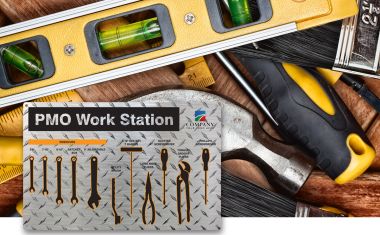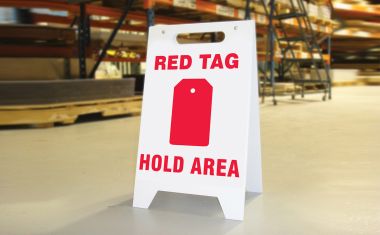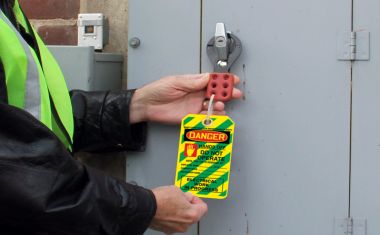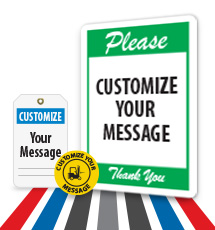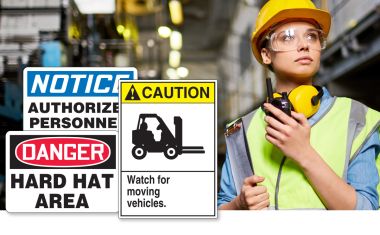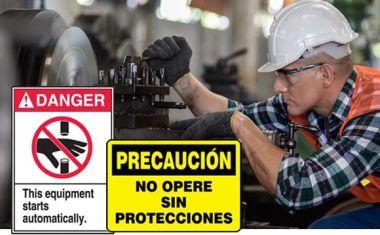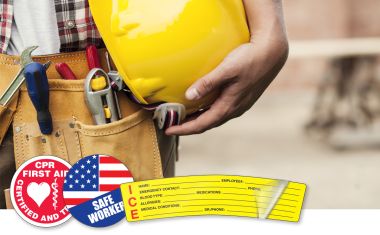Don’t Replay Last Year – Be Prepared!
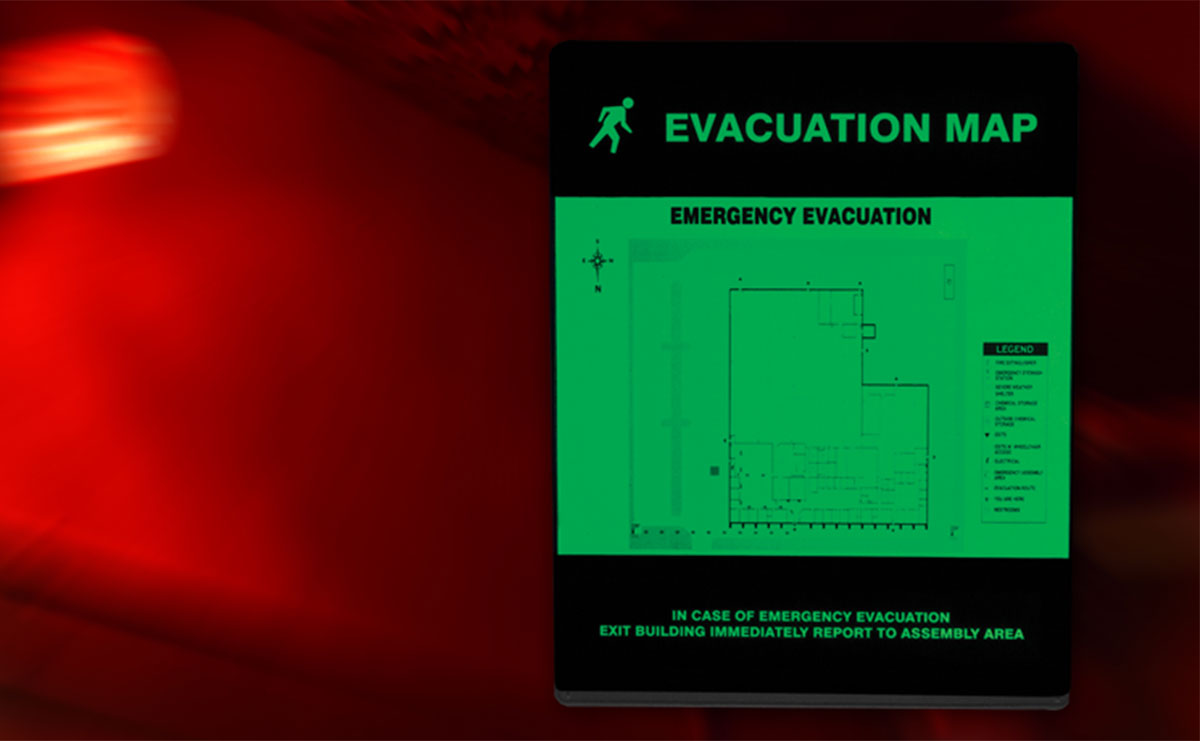
Take action this National Preparedness Month by ensuring your workers are ready to stay safe when emergencies strike.
If an emergency occurs, preparedness is not an option – it's a must! This September, National Preparedness Month encourages your workplace to be ready to take action.
And if you were right in the middle of one of the widespread devastations from last year, you can't forget the feeling of hopelessness. Being prepared for acts of Mother Nature - like a tornado, river flood, earthquake, tsunamis, or water main breaks and power outages can't be overstated.
Disasters don't plan...but you can!
The most important step you can take in helping your local responders is being able to take care of yourself and those in your care. Prepare and plan with enough supplies if you have to go for three days without electricity, water service, or access to a supermarket and local services.
When an emergency occurs - be prepared to stay safe!
Businesses, communities, families, and homeowners can use this opportunity to find ways to help others understand more about preparing for disasters and reducing risks to health and the environment. Being ready for emergencies can reduce the risks from contamination, leaks, spills, hazardous materials, and other dangerous hazards.
Every minute counts during a disaster – plan now, so you're prepared with these four simple steps:
- Be informed – Sign up for emergency alerts. You can receive emergency alerts no matter where you're at according to weather.gov. Always share all the emergency preparedness information you collect with others. In the workplace, human resources can also send out an email to all employees to notify others.
- Test your emergency communications plans – Now is the ideal time to ensure that everyone knows what to do during an emergency. Are your emergency plans visible and posted around your building? Assembly signs posted? Run a standard emergency drill to a safe room and a fire alarm drill – or any other drills suitable for your location to ensure everyone clearly understands what to do during an emergency.
- Stock emergency supplies – A supply kit is a must when planning for potential disasters. Waiting until the last minute to stock up on supplies is not a good idea. Be prepared with first aid kits, extra batteries, food, and plenty of water. You can find the recommended kit list here.
- Participate in preparedness training or classes – If you can, now is the time to offer preparedness training in the workplace or sign up for a class. In the workplace, ensure you have enough first aid and CPR trained workers to assist when needed.
Bonus safety tip – You can find opportunities to support community preparedness by volunteering with CERT, Red Cross, or the Neighborhood Watch. Learn more here at redcross.com.
Ensure your entire workforce knows where to go during an emergency, how to evacuate safely, and how to remain safe - even when the lights go out with evacuation maps and assembly signs.
